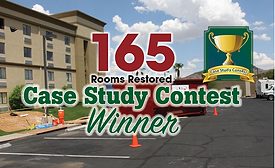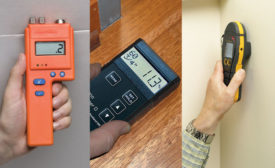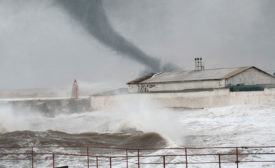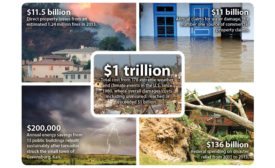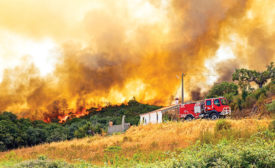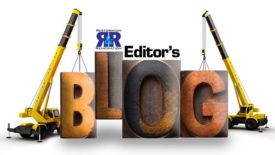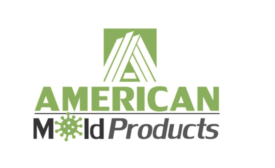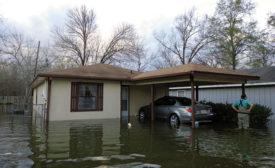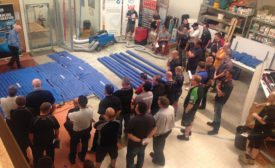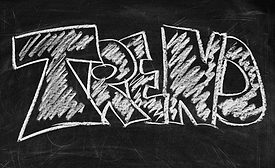Water Damage Restoration
Special Section: Prepping for Disaster
6 Simple Ways to Get More Leads During Severe Weather Season
Read MoreSpecial Section: Prepping for Disaster
New Industry Council Brings Fresh Approach to Disaster Response
Read MoreSpecial Section: Prepping for Disaster
When Disaster Strikes: Contents Restoration in Extreme Conditions
Read MoreAmerican Mold Products Signs First Distributor
Distributor serves Atlanta Metro area; company looks to continue growth
May 5, 2016
Special Section: Prepping for Disaster
Flood Losses: Top 10 Things Restorers Must Know when Handling FEMA Claims
Read MoreStay ahead of the curve with our eNewsletters.
Get the latest industry updates tailored your way.
JOIN TODAY!Copyright ©2024. All Rights Reserved BNP Media.
Design, CMS, Hosting & Web Development :: ePublishing
